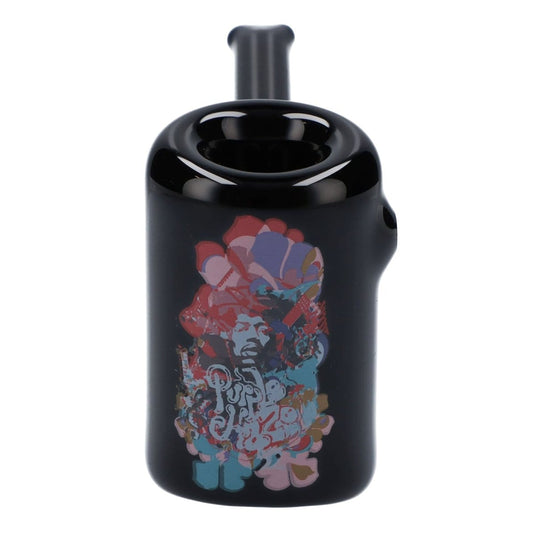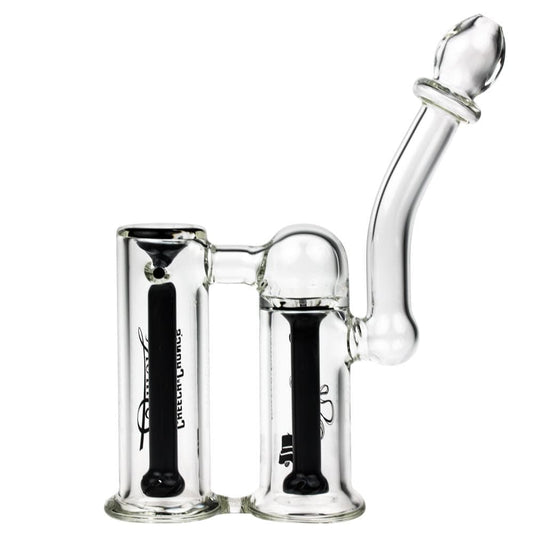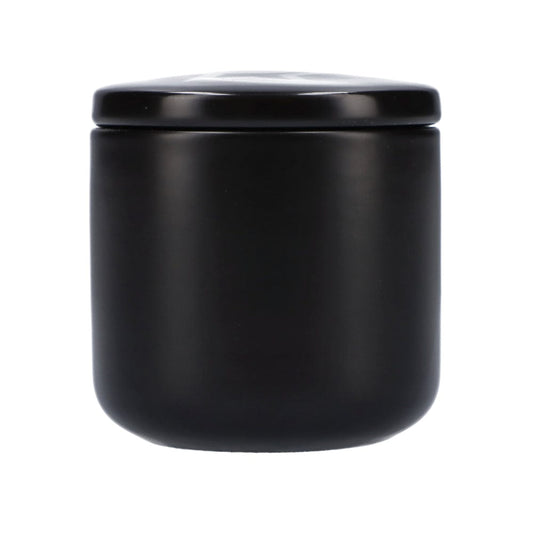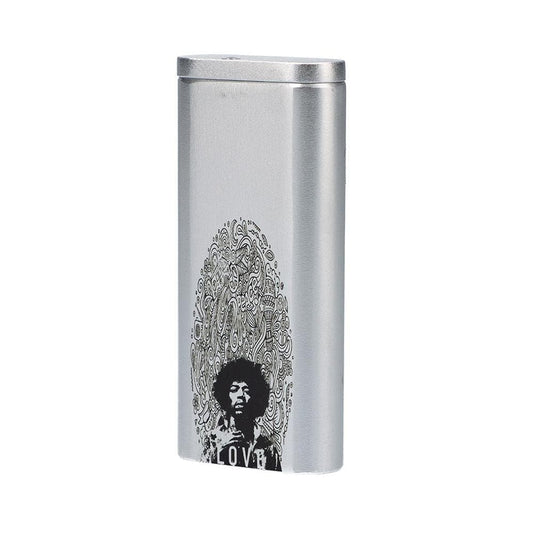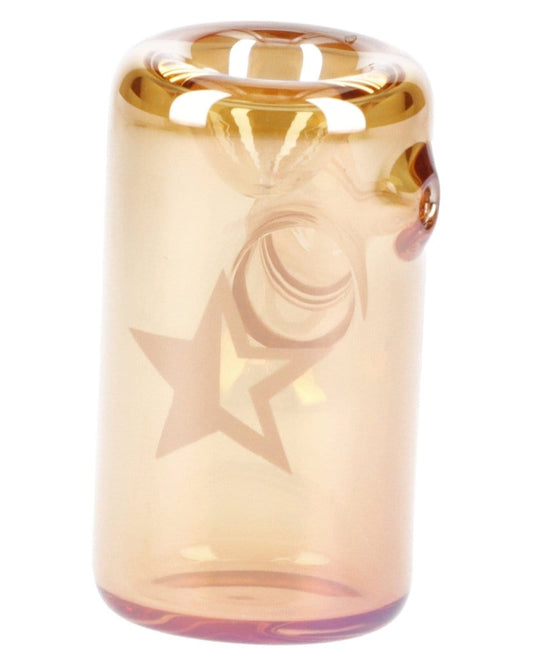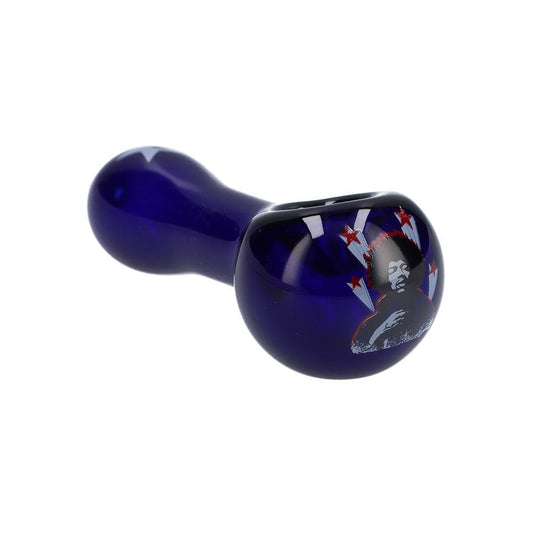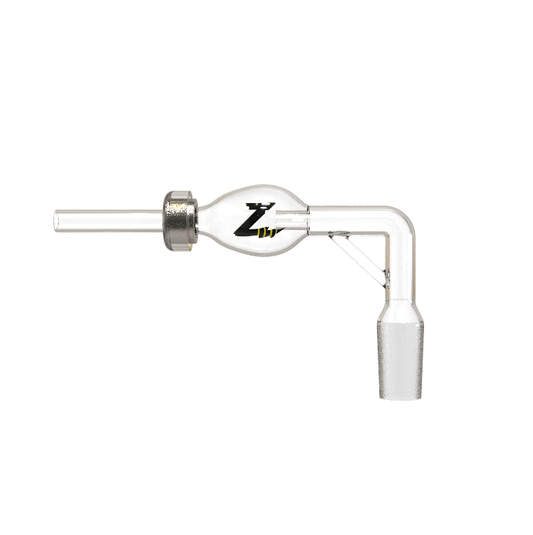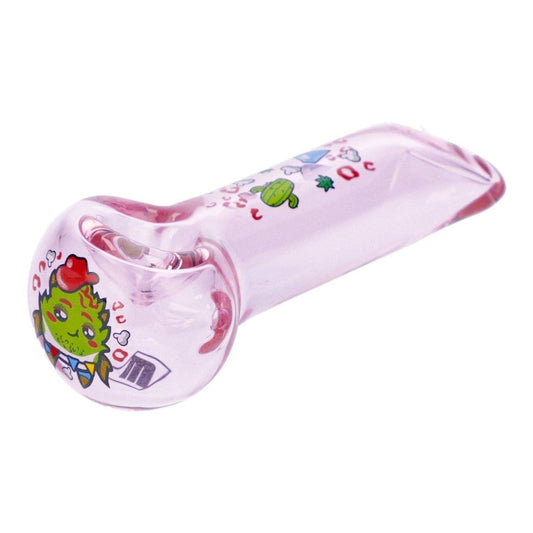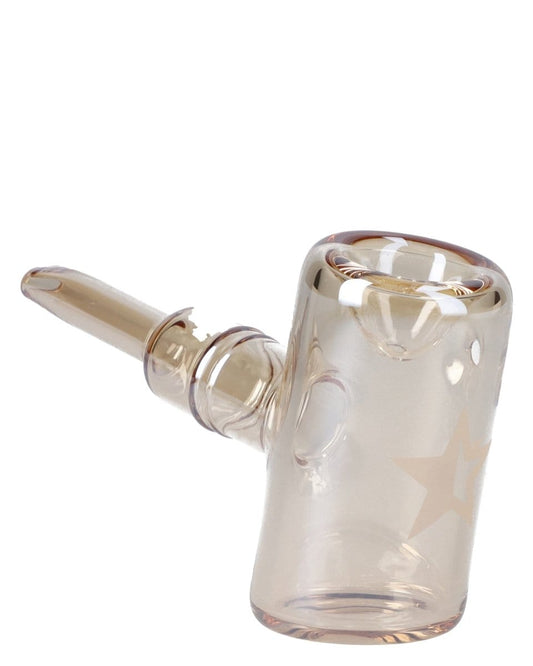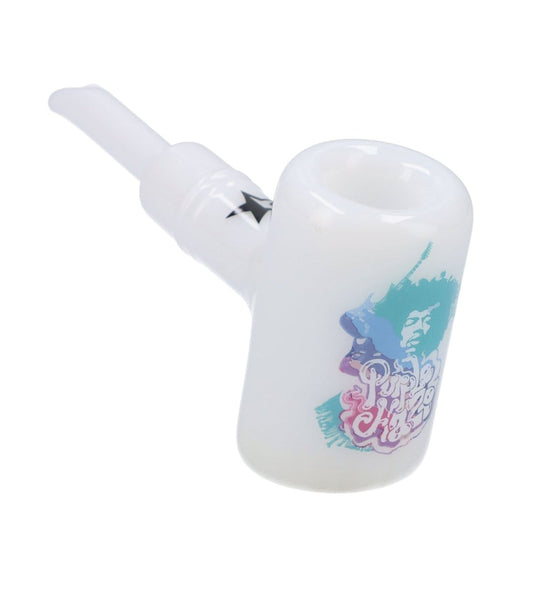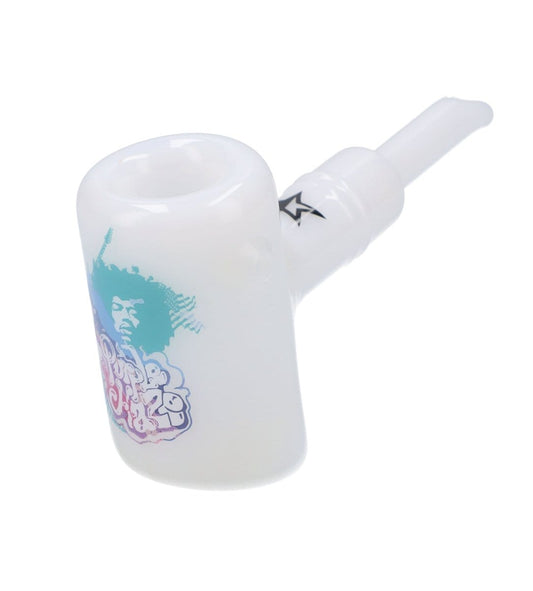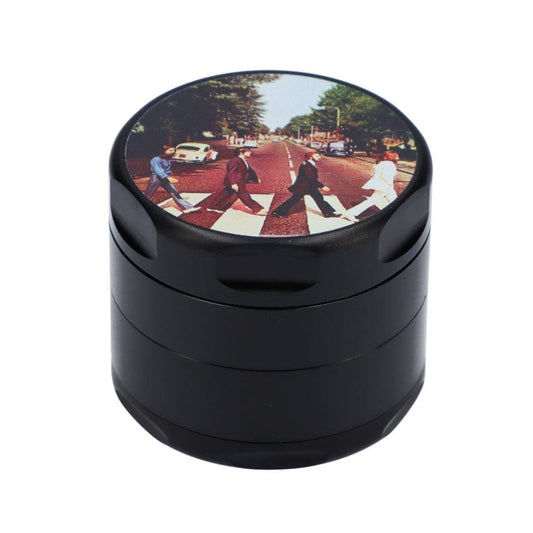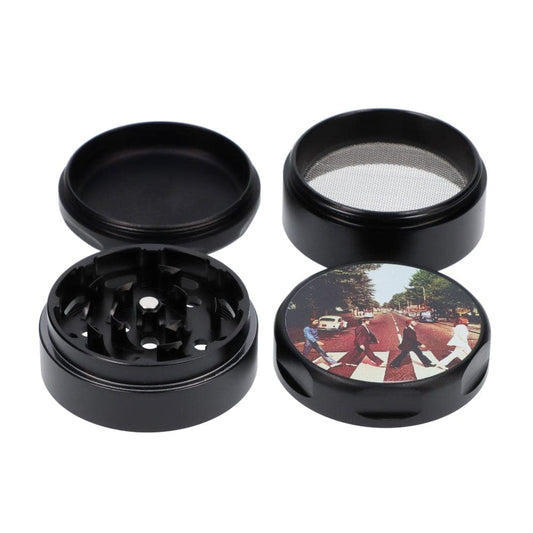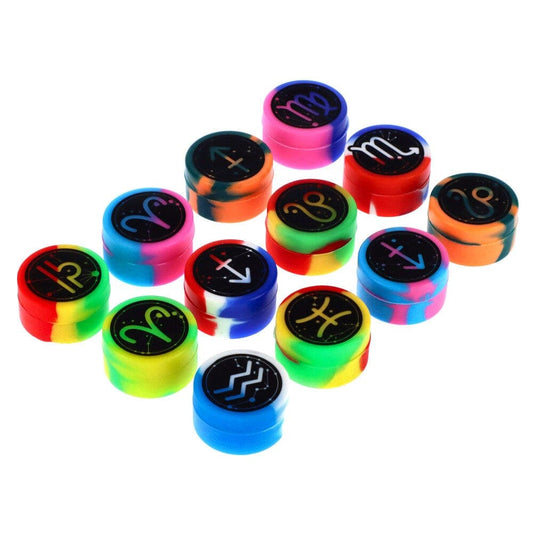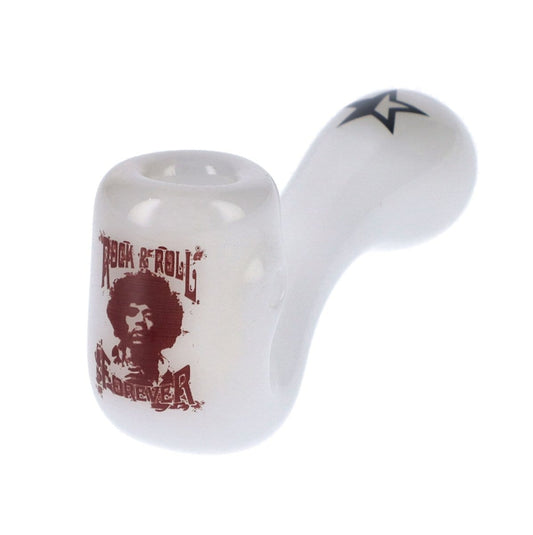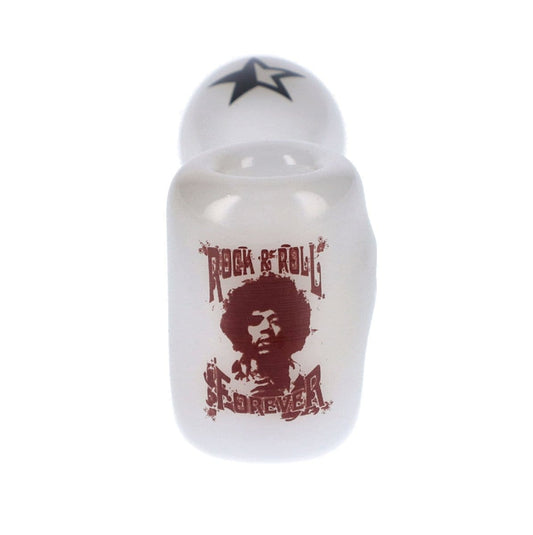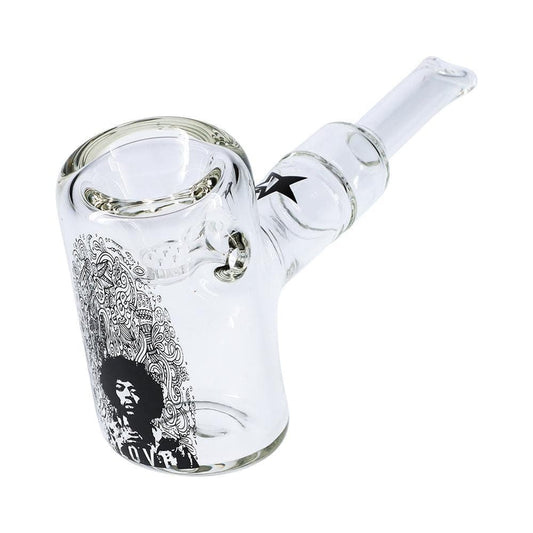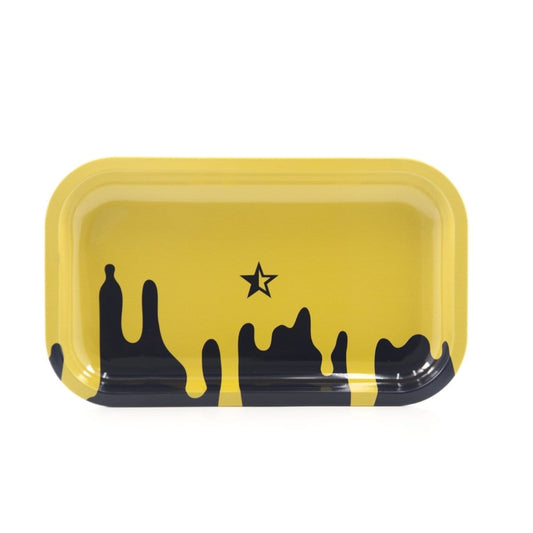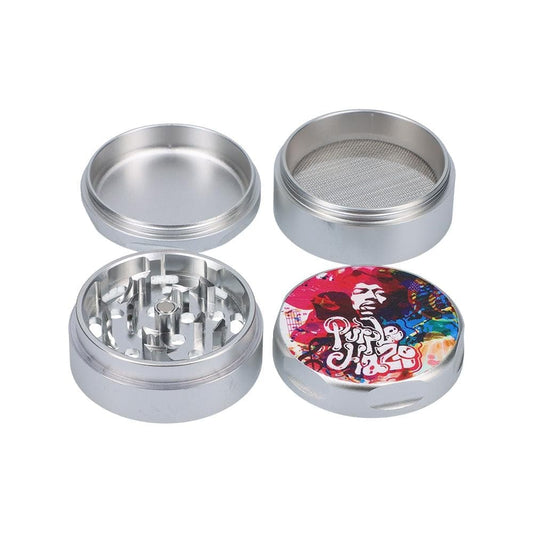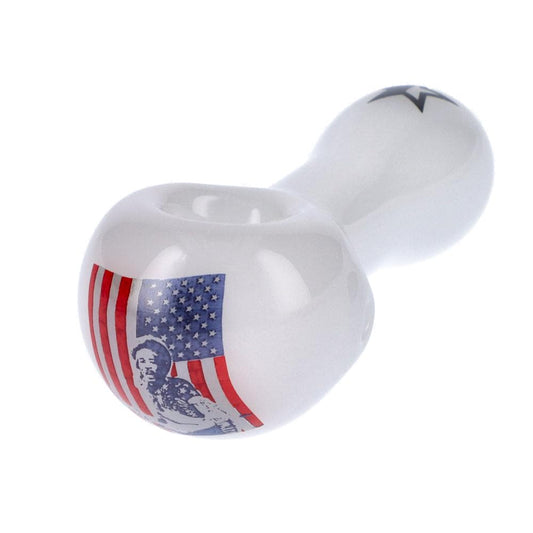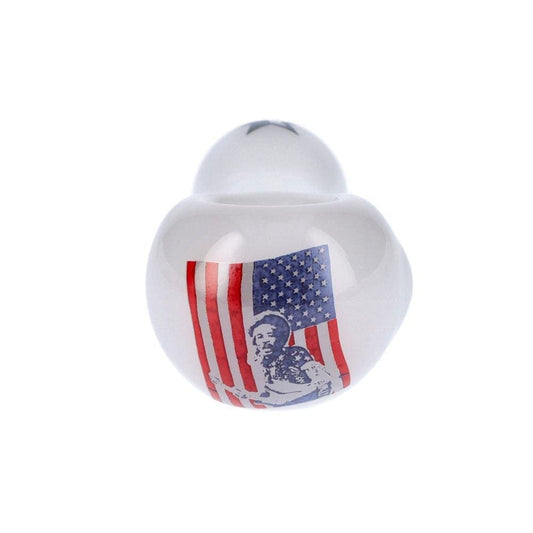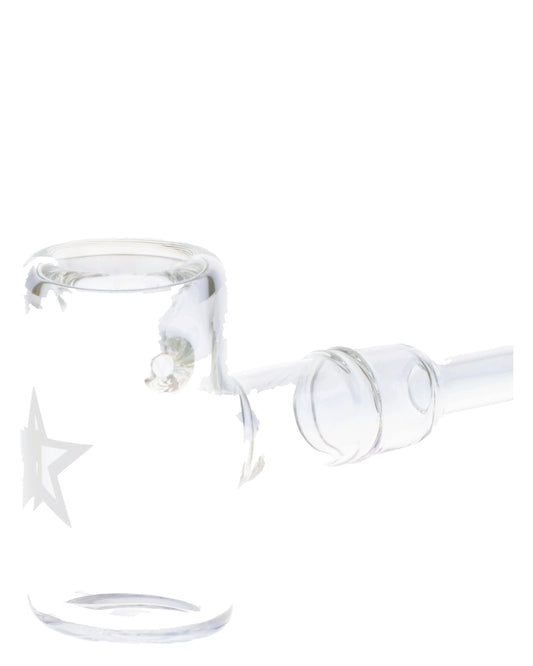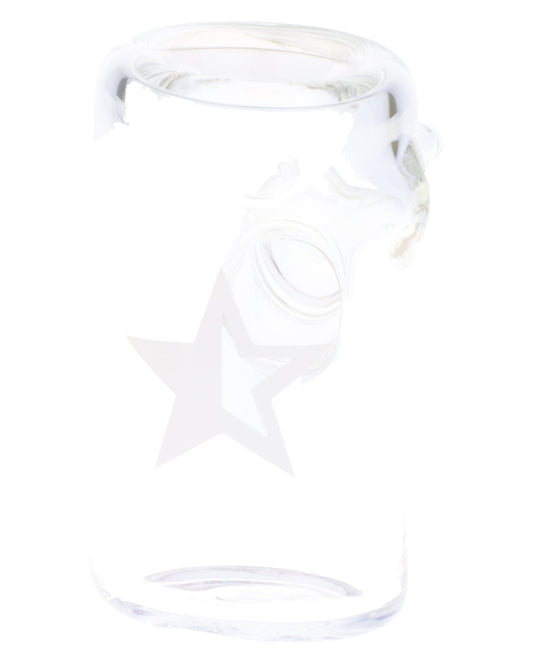
How to Use a Rosin Press
Rosin pressing is a popular method for extracting cannabis concentrates that offers a solventless way to produce high-quality rosin. This technique involves applying heat and pressure to cannabis plant material, such as flower or kief, to extract a potent, terpene-rich concentrate.
In this article, we'll guide you through the process of using a rosin press, from the basics to troubleshooting and advanced tips.
Key Takeaways
In this guide to rosin presses, we’ll explore the following:
- Quality of Starting Material: The quality of the cannabis flower, bubble hash, or kief used is crucial for high-quality rosin production.
- Choosing the Right Rosin Press: Selecting a suitable rosin press is crucial. Factors to consider include even heating, pressure control, and durability.
- Pressing Process Steps: Detailed steps include preparing the starting material, using the correct micron rosin bags, and applying the right amount of pressure.
- Temperature and Pressure Settings: Optimal temperature and pressure settings are key for effective rosin extraction, preserving terpenes, and achieving the desired consistency.
The Importance of Starting Material
The quality of your starting material significantly impacts the final rosin product. When choosing between flower and hash, remember that hash typically yields higher-quality rosin due to its concentration of trichomes and terpenes.
For flower rosin, select trichome-rich and fragrant buds, indicating a high terpene profile. The ideal flower should be dried to a relative humidity of 55-62%, ensuring optimal moisture content for pressing.
Freshness is also crucial; buds less than two weeks post-harvest often produce superior-quality rosin. Remember, the rule of thumb in rosin pressing is "quality in, quality out."
Selecting the Right Rosin Press
Choosing the appropriate rosin press hinges on your scale of operation and personal preferences. For small-scale pressing, manual presses are cost-effective and straightforward, ideal for beginners or casual users.
Hydraulic presses produce tons of pressure. They offer more power and consistency for serious enthusiasts or small businesses. Pneumatic presses, leveraging air pressure, provide precision and ease of use and are favored in larger-scale operations for their efficiency and consistency.
For DIY enthusiasts, building a rosin press can be a viable option. This approach allows for customization and can be cost-effective, particularly for those with specific pressing needs or constraints. Whether you opt for a manual, hydraulic, pneumatic, or a DIY press, ensure it aligns with your production volume, quality expectations, and operational comfort.
Equipment Needed for Rosin Pressing
Essential equipment for rosin pressing includes rosin bags, parchment paper, and a pre-press mold. Selecting the right micron size for rosin bags is crucial; typically, 90-160 microns are ideal for flower, while finer microns suit kief or hash.
This choice affects yield and purity, as the micron size determines the amount of plant material and trichomes that pass through.
Quality parchment paper is equally important. It should be heat-resistant and silicone-coated to collect and handle rosin without sticking or tearing. A pre-press mold, while not mandatory, helps distribute plant material evenly, ensuring consistent pressure and maximizing yield during the pressing process.
Rosin Pressing Process
Preparing the Starting Material: Begin by de-stemming your cannabis, breaking it down into popcorn-sized chunks. Avoid grinding, as this can lead to more plant matter in your final product. Carefully pack the material into the appropriate rosin bags, ensuring even distribution.
Pre-Pressing Techniques: Use a pre-press mold to compact your material into a uniform shape, which helps in achieving a consistent yield. This step is vital to ensure even pressure distribution during the pressing process.
Parchment Paper Folding: Properly fold your parchment paper to collect the rosin. The silicone-coated side should face the rosin bag. Various folding techniques, like Boat Tech for single-directional flow or Burrito Tech for dual-directional flow, can influence rosin collection efficiency.
Pressing Process:
- Loading: Place your prepared rosin bag between folded parchment paper and then between the press plates.
- Heating: Preheat the plates to the desired temperature. For flower, a range of 190-220°F is typically recommended.
- Pressing: Gradually increase pressure, starting gently and building up to the desired PSI. The pressure and heat will cause the trichomes to burst, releasing the resin.
- Collection: Once the flow of rosin slows or stops, release the pressure and carefully remove the parchment paper. Collect the rosin using a tool, avoiding direct contact to preserve quality.
Each step in this process plays a crucial role in determining the quality and yield of your rosin, making attention to detail paramount.
Temperature and Pressure Optimization
For flower rosin, use temperatures between 190-220°F, while hash and kief are best pressed at lower temperatures, around 160-180°F, to preserve terpenes. Begin pressing with lower pressure, gradually increasing to the optimal level: up to 4,000 PSI for flowers and 300-900 PSI for hash and kief. This method ensures efficient extraction while maintaining quality.
Troubleshooting Common Issues
In the rosin pressing process, encountering issues like blowouts, uneven pressing, or low yields is common, especially for beginners. Here are some solutions to these frequent problems:
Blowouts: Blowouts occur due to excessive pressure or overfilling rosin bags. To prevent this, start with gentle pressure and gradually increase. Ensure rosin bags are not overpacked, and use double-bagging for finer materials.
Uneven Pressing: This arises from unevenly packed material or misaligned plates. Ensure even distribution of the material in the rosin bag and check that your press plates are properly aligned.
Low Yield/Poor Quality: Low yields or poor-quality rosin may result from improper temperature, pressure settings, or suboptimal starting material. Adjust temperature and pressure according to the material type. Always start with high-quality, properly cured plant material to ensure the best results.
Advanced Tips and Techniques
For advanced rosin pressing, fine-tuning your technique can significantly enhance quality and yield. Experiment with varying temperatures and pressures based on your material. Lower temperatures may yield less but produce higher-quality rosin rich in terpenes, ideal for flavor connoisseurs.
Conversely, slightly higher temperatures can increase yield, suitable for larger production needs. Adjusting pressure gradually helps avoid blowouts and ensures even extraction. Record your results for each strain and condition to develop a personalized approach. This methodical experimentation allows you to discover the perfect balance for your needs, leading to superior rosin.
Conclusion
Mastering rosin pressing involves selecting quality material, optimizing temperature and pressure, and refining techniques for better yields. Check out our favorite rosin press here and start producing high-quality rosin today.
FAQs
What temperature should I set my rosin press for flowers?
For hash, set between 160°F - 200°F. For flower, use 200°F - 220°F. Dry sift requires 180°F - 220°F.
How long should I press my material in a rosin press?
Pressing time varies from 1 to 5 minutes, depending on the material's density and type.
What are the ideal pressure settings for a rosin press?
The ideal pressure settings for a rosin press are typically 300-1000 psi. Aim for 600-1000 psi for flower, and for kief/hash, 300-800 psi is optimal.
Can I reuse the material after the first press?
You can reuse the material, but the second press usually yields less rosin of reduced quality.
How do I prevent blowouts during rosin pressing?
To prevent blowouts, ensure proper material packing, use high-quality bags, and gradually increase pressure.
What is the best way to collect and store rosin?
Use a dab tool for collection. Store rosin in a cool, dark place, or refrigerate for extended shelf life.



